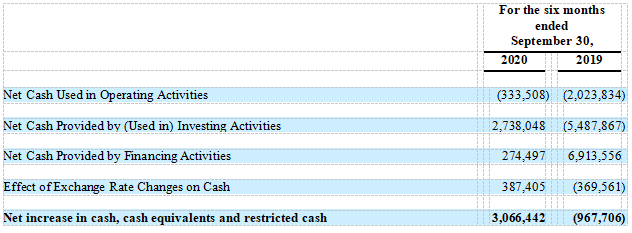Unlock Your Financial Potential: Understanding the Loan Calculator Equation
Guide or Summary:What is the Loan Calculator Equation?Breaking Down the Components of the Loan Calculator EquationWhy Use a Loan Calculator?Practical Applic……
Guide or Summary:
- What is the Loan Calculator Equation?
- Breaking Down the Components of the Loan Calculator Equation
- Why Use a Loan Calculator?
- Practical Applications of the Loan Calculator Equation
When it comes to managing your finances, understanding how loans work is crucial. One of the most effective tools at your disposal is the loan calculator equation. This equation allows you to calculate monthly payments, total interest paid, and the overall cost of a loan, making it an invaluable resource for anyone considering borrowing money.
What is the Loan Calculator Equation?
The loan calculator equation is a mathematical formula used to determine the monthly payment for a loan based on the principal amount, interest rate, and loan term. The standard formula is:
\[ M = P \frac{r(1 + r)^n}{(1 + r)^n - 1} \]
Where:
- \( M \) = total monthly payment
- \( P \) = the principal loan amount
- \( r \) = monthly interest rate (annual rate divided by 12)

- \( n \) = number of payments (loan term in months)
Understanding this equation can empower you to make informed financial decisions, whether you're considering a mortgage, personal loan, or auto loan.
Breaking Down the Components of the Loan Calculator Equation
1. **Principal Amount (P):** This is the initial amount of money you borrow. Knowing how much you need to borrow is the first step in using the loan calculator equation effectively.
2. **Interest Rate (r):** The interest rate is a percentage that lenders charge for borrowing money. It can be fixed or variable, and it significantly impacts your total payment. To use the equation, you need to convert the annual interest rate into a monthly rate by dividing it by 12.
3. **Loan Term (n):** This refers to the duration over which you agree to repay the loan, typically expressed in months. The loan term can affect not only your monthly payment but also the total interest paid over the life of the loan.
Why Use a Loan Calculator?
Using a loan calculator can provide several benefits:

- **Budgeting:** By calculating your monthly payments, you can better plan your budget and ensure you can afford the loan.
- **Comparing Loans:** Different loans come with varying interest rates and terms. A loan calculator allows you to compare these factors easily, helping you choose the best option for your financial situation.
- **Understanding Total Cost:** The loan calculator equation helps you visualize the total cost of the loan, including interest, which is essential for making informed decisions.
Practical Applications of the Loan Calculator Equation
Let’s say you’re considering a $20,000 personal loan with an annual interest rate of 5% for a term of 5 years (60 months). To use the loan calculator equation, you would first convert the interest rate:
- Monthly interest rate (r) = 5% / 100 / 12 = 0.004167
- Number of payments (n) = 5 years * 12 months = 60

Now, plug these values into the equation:
\[ M = 20000 \frac{0.004167(1 + 0.004167)^{60}}{(1 + 0.004167)^{60} - 1} \]
After calculating, you would find that your monthly payment is approximately $377.42.
The loan calculator equation is a powerful tool for anyone looking to understand their borrowing options. By breaking down the components of the equation and utilizing a loan calculator, you can make informed financial decisions that align with your goals. Whether you’re looking to buy a home, finance a vehicle, or take out a personal loan, mastering the loan calculator equation will help you unlock your financial potential and navigate the complexities of borrowing with confidence.